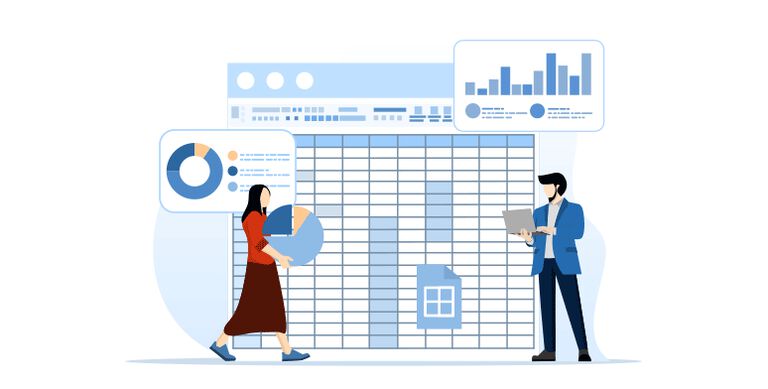It’s easy to lose focus on workplace safety – especially if your worksite hasn’t had any accidents lately. However, it’s important to remain vigilant and maintain high workplace safety standards. Here are some startling statistics about workplace accidents that will inspire you to improve your focus on safety.
Encouraging Workplace Safety
Here are eight sources of motivation, with safety slogans and tips that go with each. Each can be tailored for your workplace and needs — the goal is to use a mix of messages to appeal to different personalities across the organization.
For people motivated by….
- Achieving goals: “Safety Supports Success: Accident-Free Achieves Goals”
- Having fun: “Music at Work? Rock On, But Keep It Down!”
- Following the rules: “Accidents Ache: Safety Rules Rule”
- Innovation: “Have a Safety Suggestion? Speak Up and Share!”
- Personal success: “Show Your Smarts: Don’t Play with Power”
- Teaching others: “One Word Can Save a Life: Speak Up for Safety”
- Caring for self: “We Care About You: Safety is Better than Speed”
- Caring for others: “Coworkers Care: If You See Something, Say Something”
As you read through these safety mottos, did a particular workplace situation or group of workers come to mind? Feel free to use our ideas as springboards to write a safety motto that would apply to your workplace.
Engaging employees in building a safety culture is a great way to help it take hold. For example, your organization can hold safety slogan contests using the motivational framework above. Another fun context is to use the Occupational Safety and Health Act “OSHA” acronym as a platform for creative safety slogans. Here are three examples:
- OSHA: “Owning our Safety – Here and Always”
- OSHA: “Only Safe Habits: Always”
- OSHA: “OUR OPPONENTS: Sound, Heat, Accidents”
This type of wordplay may appeal to some of your employees. So encourage everyone in your organization to come up with an OSHA slogan and (of course) offer a financial incentive for winning the contest.











